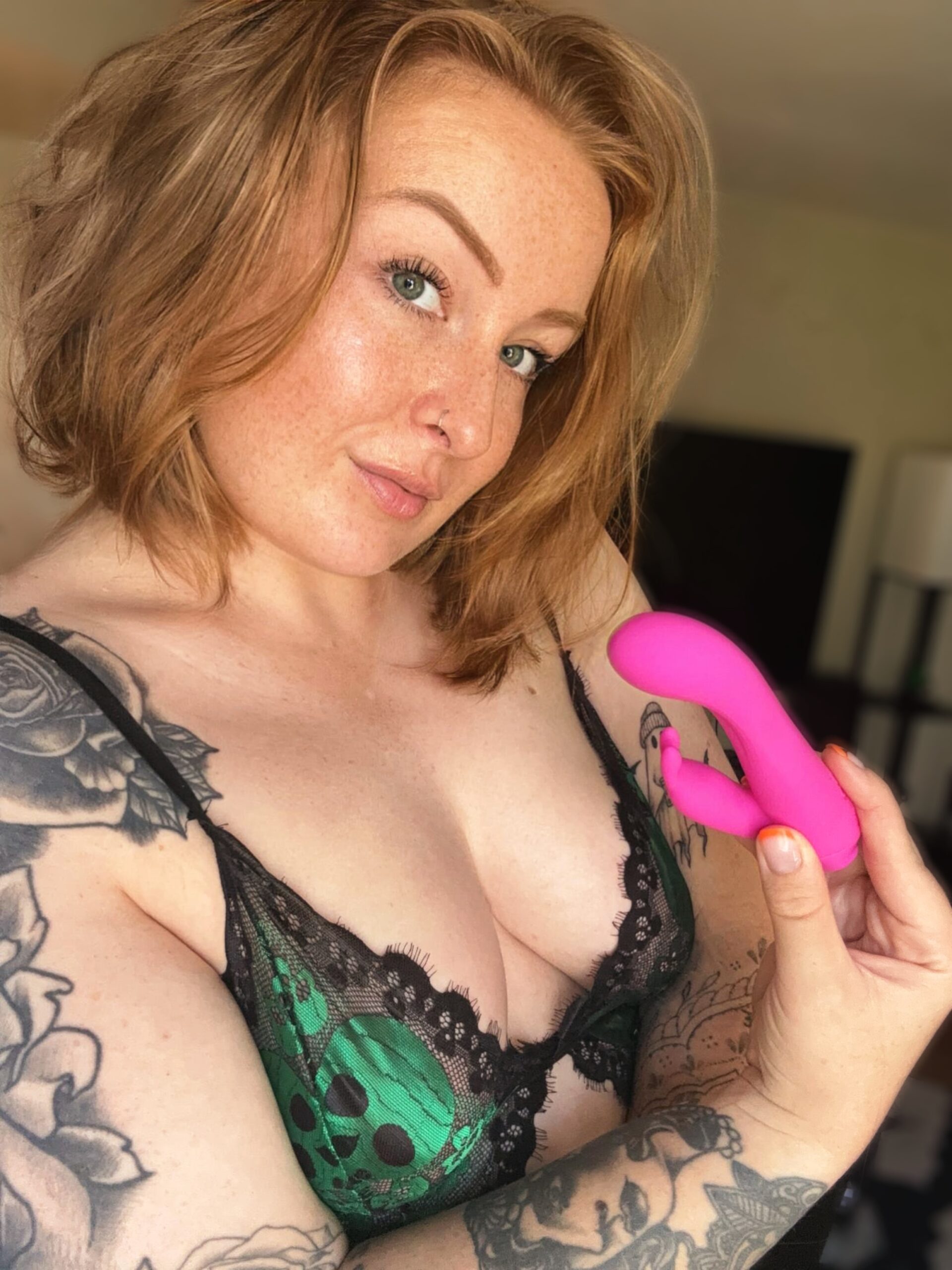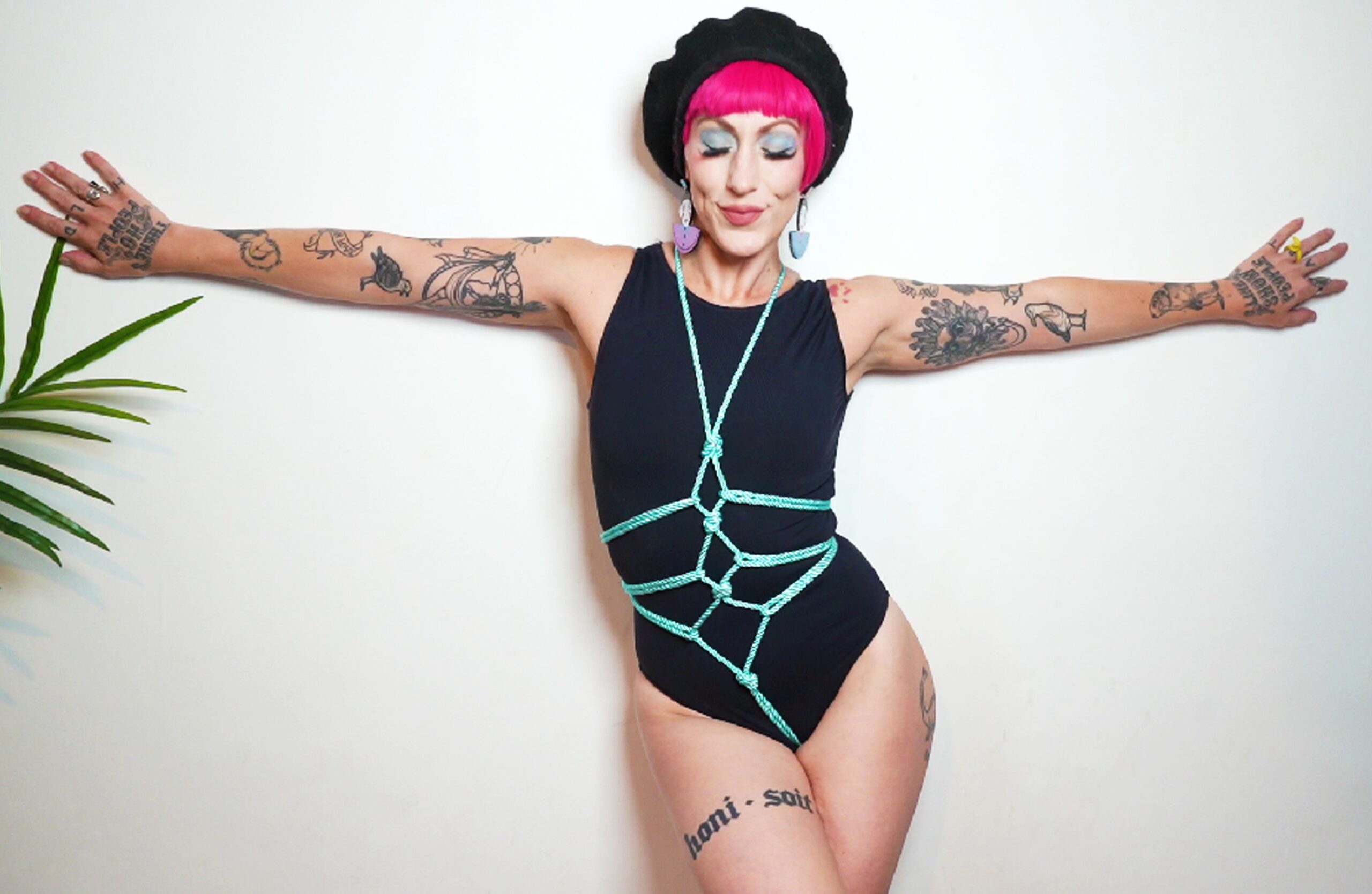Demigender Spectrum
Demigender is an umbrella term encompassing a range of gender identities that partially align with one or more genders. It signifies a sense of partial connection to a gender, rather than a full identification.
Imagine gender as a spectrum, a continuous band rather than distinct categories. Demigenders exist somewhere along this spectrum, feeling a degree of connection to a gender but not completely embodying it.
For example, someone who identifies as demiboy might feel partially male, but not fully masculine. They may identify as male in certain situations or aspects of their life, while feeling different in others.
Similarly, a demigirl might experience partial identification with femininity, feeling a connection to the female gender without fully identifying as a woman.
Demigenders can have diverse experiences and expressions. Some may resonate strongly with certain aspects of a gender, while others feel a more subtle or fluid connection.
Understanding demigender identities is crucial for fostering inclusivity and respect. It challenges the binary notion of gender and recognizes the spectrum of human experience.
In the context of love, demigender identities can complicate traditional notions of romantic compatibility. Two people may identify differently along the gender spectrum, creating unique and multifaceted relationships.
Acceptance and understanding are essential for navigating these complexities. It’s about respecting individual identities and recognizing that love transcends rigid definitions of gender.
Demigender identities offer a beautiful expansion on our understanding of gender, allowing individuals to express their unique experiences with nuance and authenticity.
Think of it like this: imagine the traditional binary of male and female as two ends of a spectrum. Demigenders exist somewhere along that spectrum, but they don’t fully align with either end.
Here are some key points about demigender identities:
-
Partial Identification: Demigenders partially identify with one gender while feeling disconnected from the other. For example, someone might identify as demi-male, meaning they feel primarily male but not entirely.
-
Fluidity: Like many gender identities, demigender experiences can be fluid and evolve over time. An individual’s feelings of connection to a particular gender may change depending on various factors such as context, relationships, or personal growth.
-
Diversity of Expression: The spectrum of demigender identities is vast and diverse. Some individuals might identify as demiboy, demigirl, demifluid, or other variations, each reflecting unique experiences and expressions of gender.
When exploring demigender identities within the context of love, it’s crucial to recognize that these identities shape how individuals experience intimacy, attraction, and relationships.
Understanding a partner’s demigender identity requires open communication, empathy, and respect for their unique self-expression.
By embracing the diversity of gender experiences, we can create more inclusive and loving environments for everyone.

The **demispectrum** offers a nuanced understanding of gender, encompassing identities that partially align with traditional binary categories while also existing outside them.
Rather than fitting neatly into “man,” “woman,” or other labels, individuals on the demispectrum experience their gender as something *fluid*, *partially* present, or *shifting*. This fluidity can manifest in various ways.
One common example is **demigirl**, an identity where an individual feels partially female but not fully. They might identify with some aspects of femininity, such as clothing styles or social roles, while also feeling a disconnect from the concept of being a woman entirely.
Similarly, **demiboy** describes someone who partly identifies as male. They may embrace certain masculine traits or expressions but not feel fully aligned with traditional masculinity.
The demispectrum includes identities like **demiboy/demigirl**, where the gender partially aligns with one binary category (e.g., feeling partially male) and partially aligns with a non-binary identity. It also encompasses terms like demi-nonbinary, which signifies an overlap between a demigender identity and a broader non-binary experience.
The concept of the demispectrum significantly redefines our understanding of gender in love and relationships.
Individuals who identify as **demigender** may experience attraction differently than those who identify strictly as male or female. Their romantic or sexual preferences might fluctuate depending on their perceived gender identity at a given moment.
This fluidity can create unique dynamics in relationships, requiring partners to navigate and understand these shifting experiences with empathy and openness.
Moreover, understanding the demispectrum allows individuals to express themselves authentically within their relationships.
They can explore different facets of their identity without feeling pressure to conform to rigid expectations, fostering more genuine connections based on self-acceptance and understanding.
Demigender identities represent a vast and multifaceted spectrum of gender experiences that challenge traditional binary notions of male and female.
Individuals who identify as demigender often feel partially connected to one gender while also experiencing a disconnect from it, or a sense of being somewhere in-between.
The term “demi” signifies a partial or incomplete identification with a specific gender.

For example, someone identifying as demiboy may feel partially male but not fully align with all aspects of masculinity.
Similarly, a demigirl might partially identify as female while also blooming orchid position feeling disconnected from conventional femininity.
The beauty of the demigender spectrum lies in its inclusivity and recognition that gender is not a rigid or absolute construct.
It encompasses a wide array of experiences, including bigender, where individuals experience two distinct genders simultaneously or fluidly.
Genderfluid identities involve fluctuating between different genders over time, while agender individuals may not identify with any specific gender at all.
Demigender identities play a crucial role in redefining the concept of gender in love by expanding our understanding of what it means to be attracted to someone based on their gender identity.
It challenges the traditional notion that attraction is solely determined by binary categories and embraces the complexities and nuances of human connection.
By recognizing the validity and diversity of demigender identities, we can foster more inclusive and accepting spaces in love and relationships, allowing individuals to express their authentic selves without feeling constrained by societal expectations.
Love and Demigender Identities
Love, a fundamental human experience, often intertwines with our understanding of ourselves and others. Demigender identities, which encompass individuals whose gender identity partially aligns with one or more genders, challenge traditional binary notions of gender and offer unique perspectives on love and relationships.
Demigenders may identify as partially male, female, non-binary, or any other gender, creating a spectrum of experiences within the LGBTQ+ community. This fluidity in gender expression can influence how demigenders navigate romantic and platonic relationships.
Here’s how demigender identities redefine the concept of gender in love:
1.
**Reframing Gender Roles:** Demigender individuals often reject rigid societal expectations associated with gender roles. In relationships, this can translate to more equitable partnerships where both individuals are free to express themselves authentically without being confined by traditional masculine or feminine norms.
2.
Celebrating Diversity:** Demigender identities embrace the vast spectrum of human experience and challenge the notion that love must fit into pre-defined boxes. This inclusivity allows for deeper understanding and acceptance in relationships, celebrating the unique qualities each partner brings.
3.
**Communicative Understanding:** Open and honest communication is crucial for any successful relationship, but it becomes even more vital for demigenders who may need to explain their gender identity and experiences to their partners. Building trust and understanding through clear conversations fosters emotional intimacy.
4.
Fluid Expression of Affection:** Demigender individuals may express love and affection in ways that challenge conventional norms. This can involve a variety of gestures, words, and actions tailored to the individual’s comfort and the dynamic of the relationship.
5.
Navigating Internal Conflicts:** Some demigenders may experience internal conflicts regarding their gender identity, which can impact relationships. It’s important for partners to be understanding and supportive, creating a safe space for exploration and self-discovery.
Love knows no bounds, and demigender identities demonstrate the beautiful complexity of human connection. By embracing fluidity, celebrating diversity, and fostering open communication, demigenders redefine what love means in a world increasingly recognizing the spectrum of gender experiences.
Demigender identities, encompassing a spectrum of experiences where one partially identifies with a certain gender, can profoundly shape an individual’s understanding of love and relationships.
For some demigenders, their romantic and sexual preferences remain largely unaffected by their gender identity. They might find love and connection through traditional frameworks, attracted to partners based on shared values, interests, or emotional compatibility, regardless of gender presentation or labels.
However, for others, the demigender experience can lead to a more nuanced exploration of intimacy. Some might discover that certain pronouns or gendered terms feel more affirming and authentic within romantic contexts. This could involve experimenting with different pronouns or exploring non-binary relationship models where gender roles are fluid and adaptable.
The key takeaway is that there is no singular “right” way to experience love as a demigender individual. Each person’s journey is unique and shaped by their personal experiences, desires, and understanding of their own identity.
Open communication with partners becomes crucial in navigating these complexities. Being honest about one’s needs, boundaries, and evolving understanding of gender can foster a deeper level of intimacy and mutual respect within the relationship.

